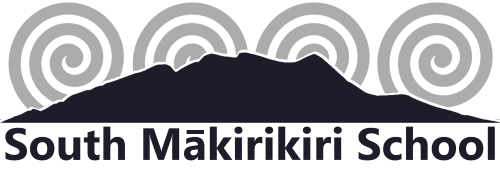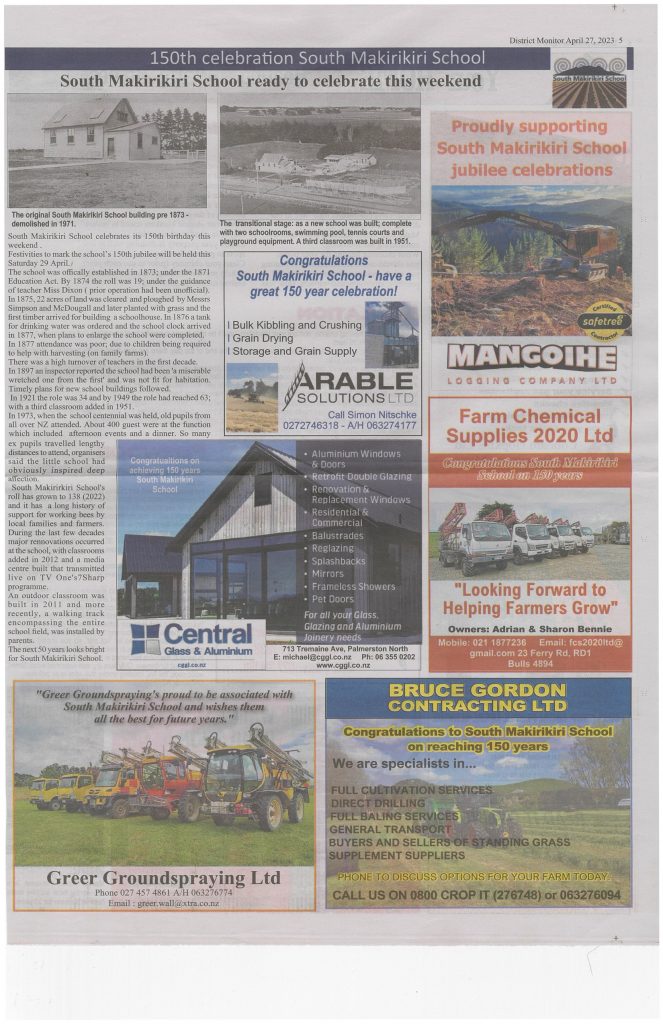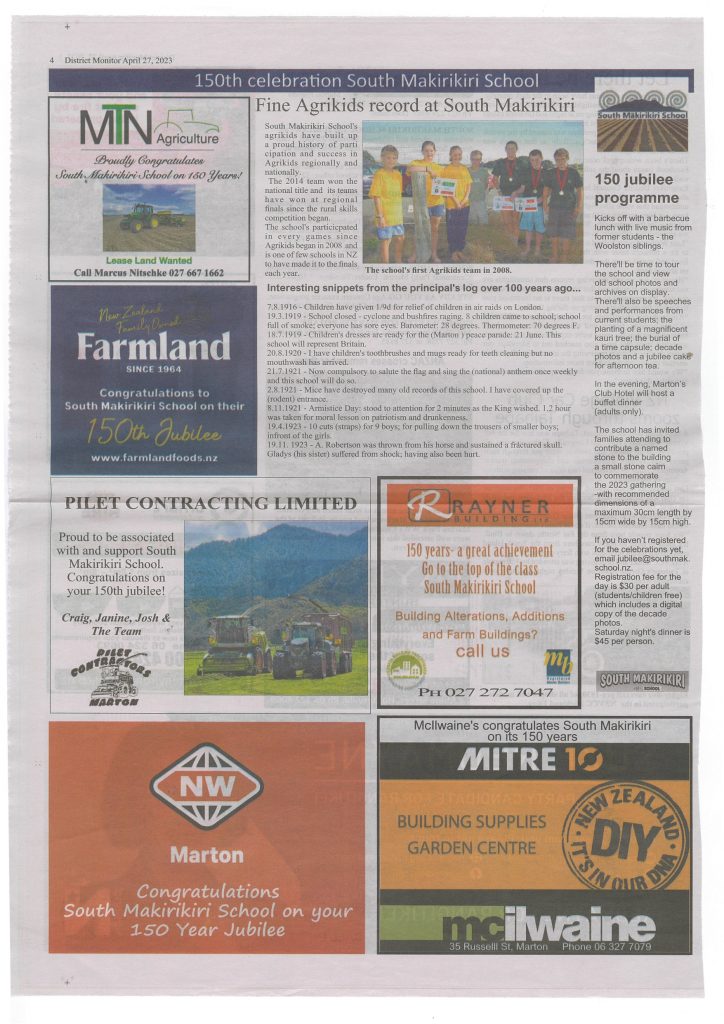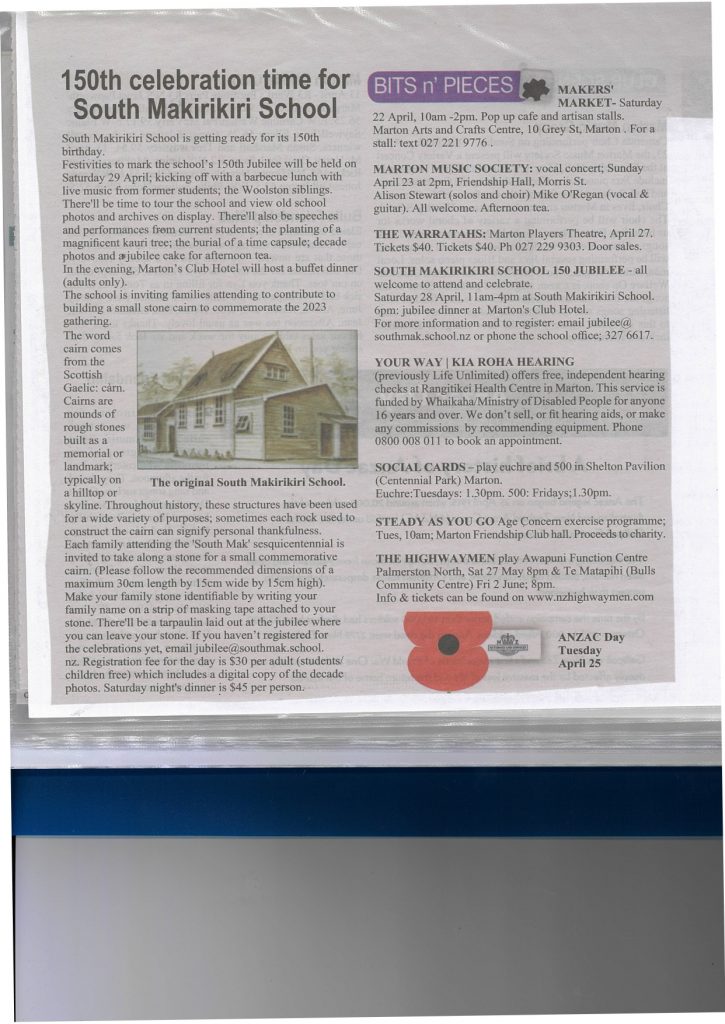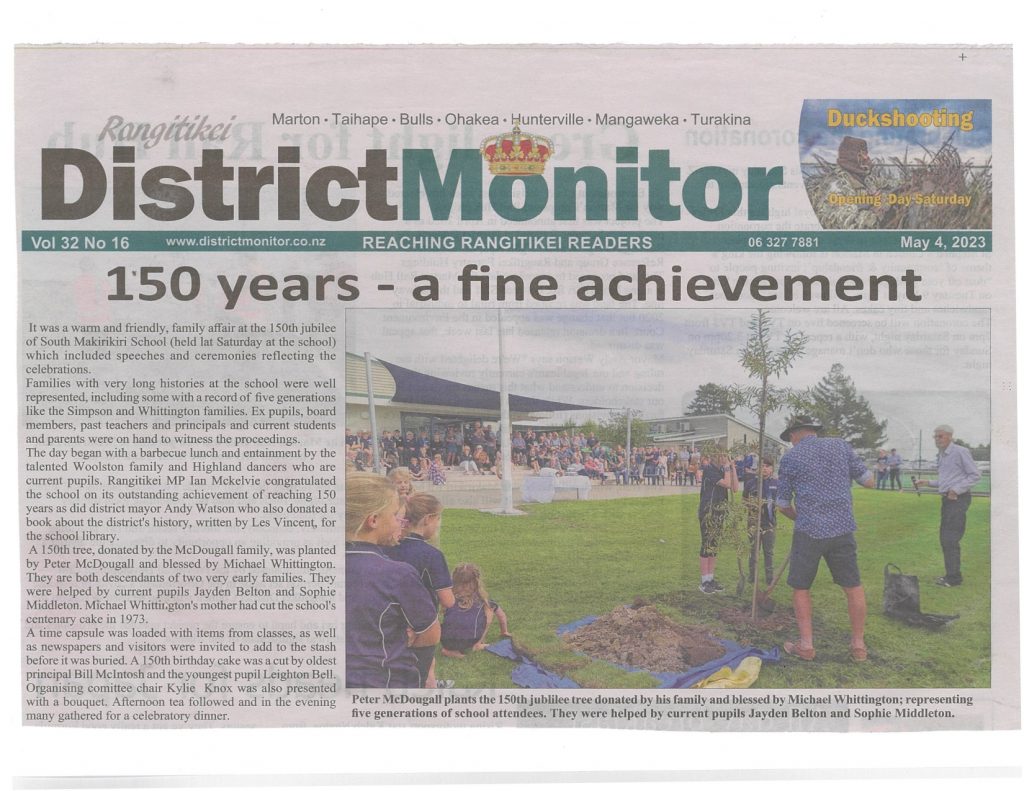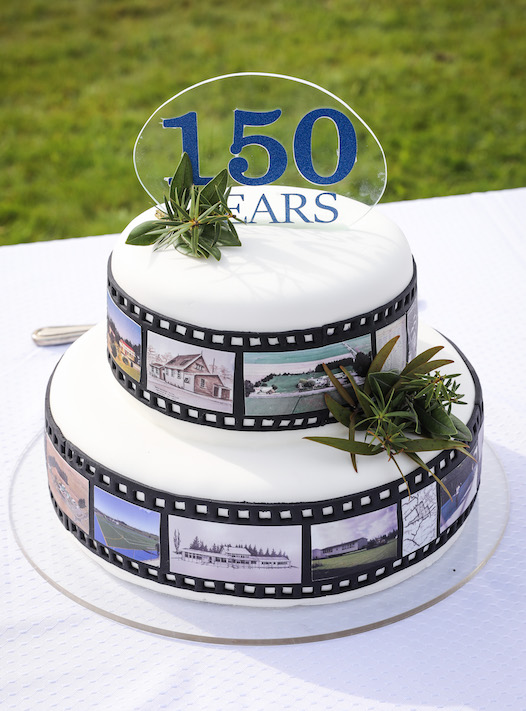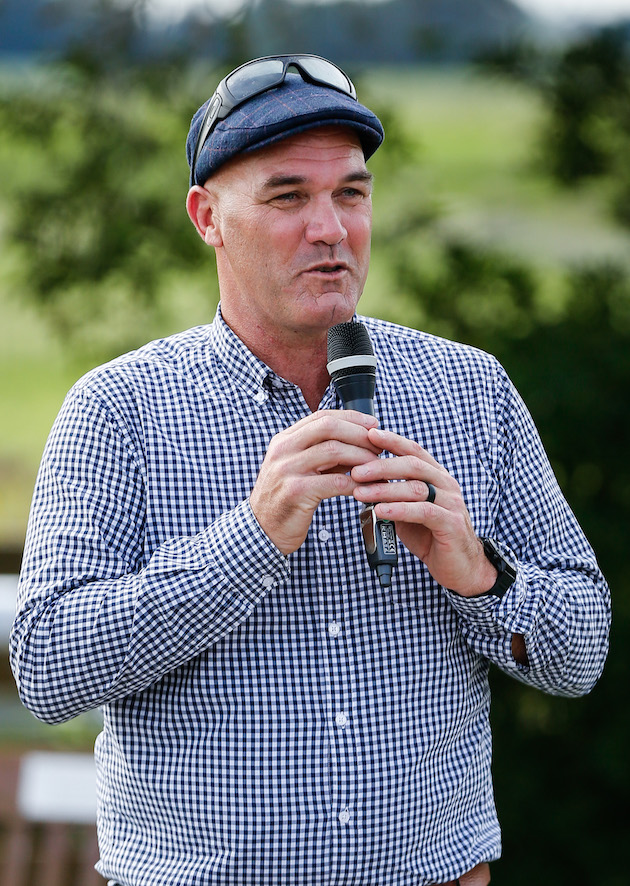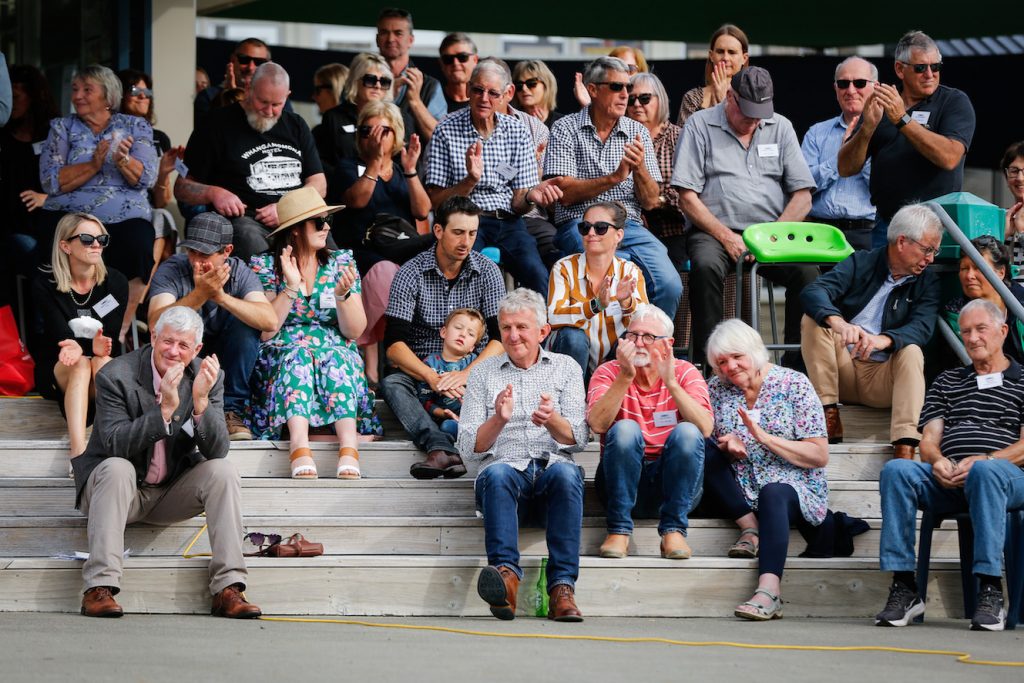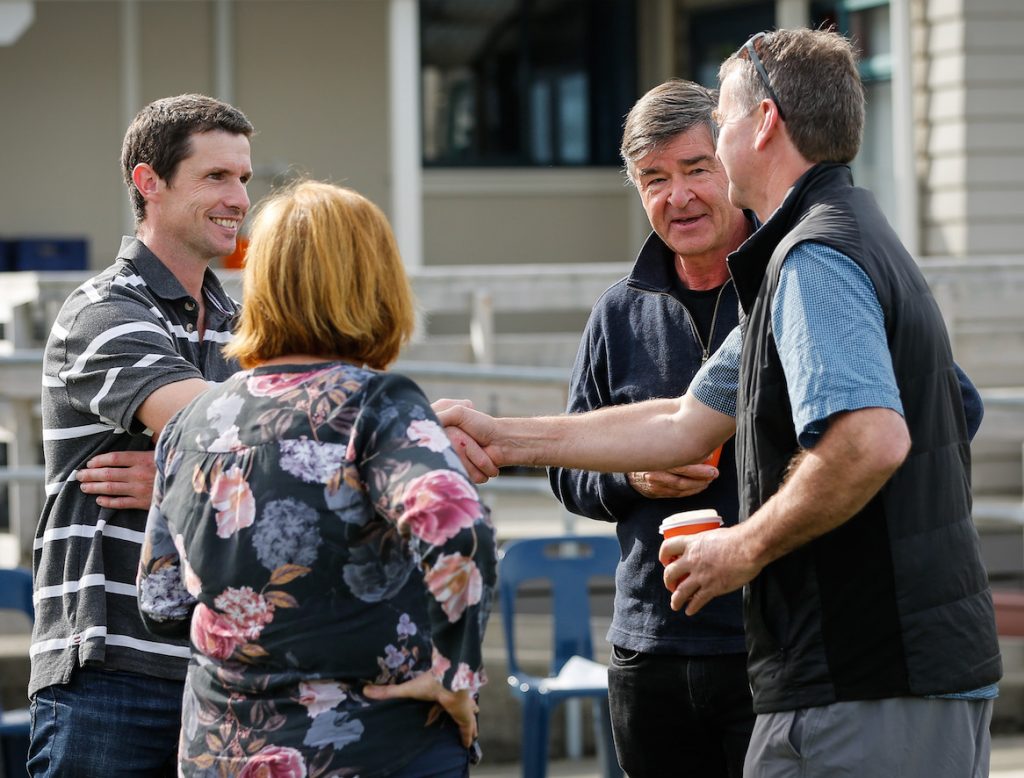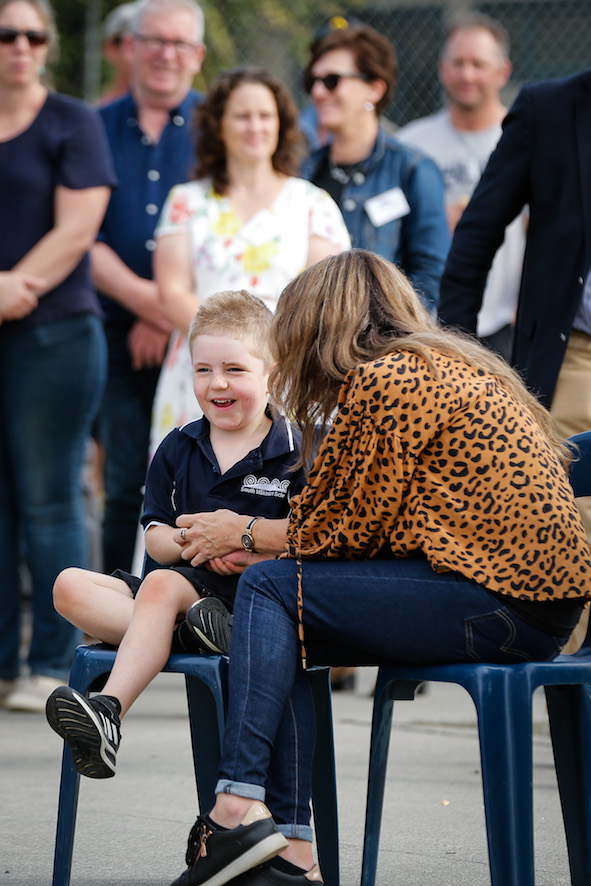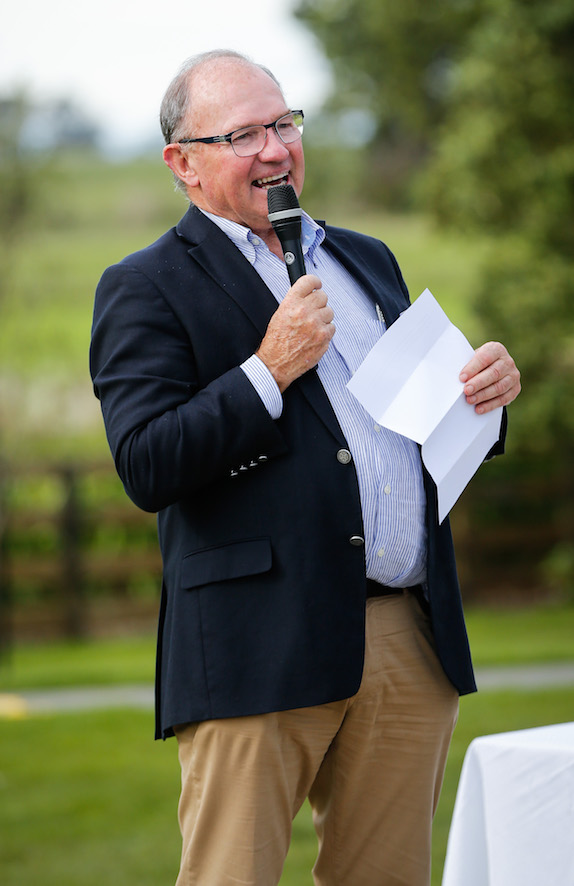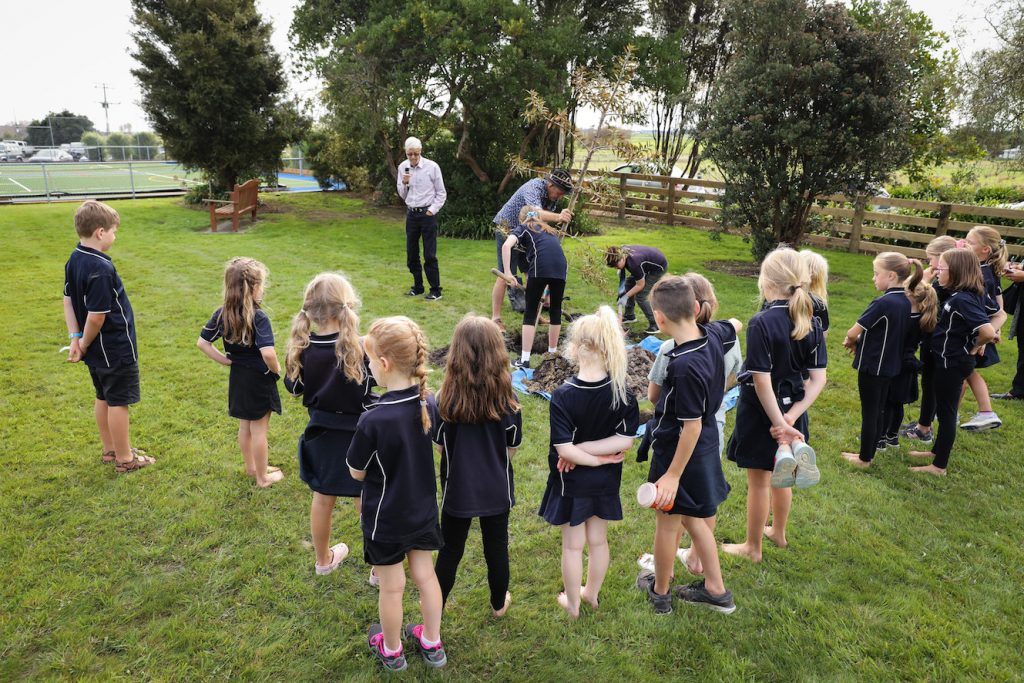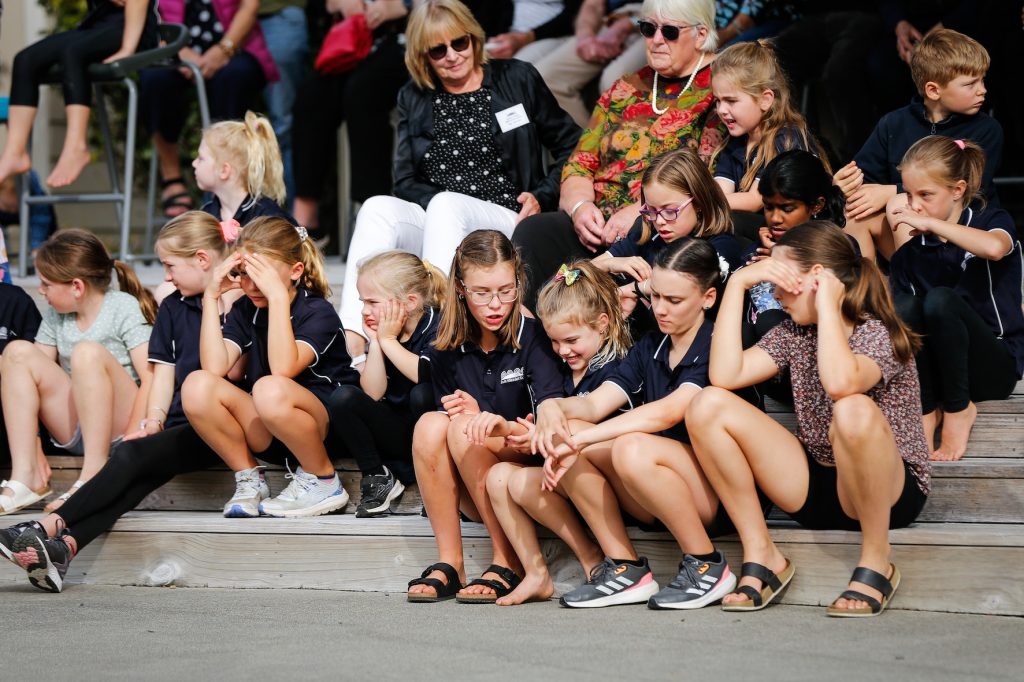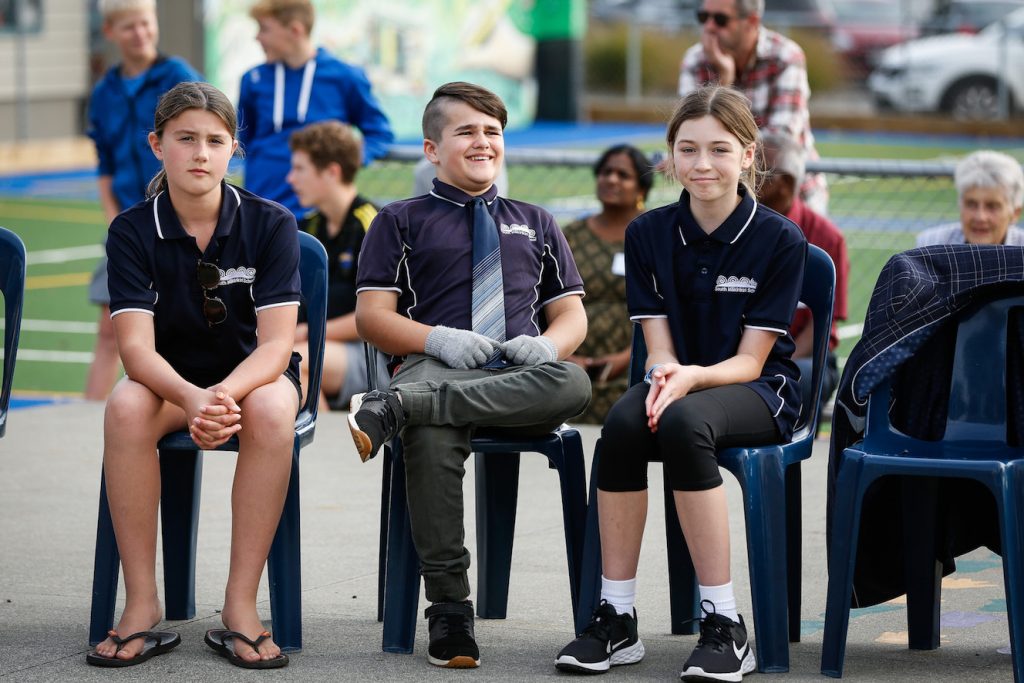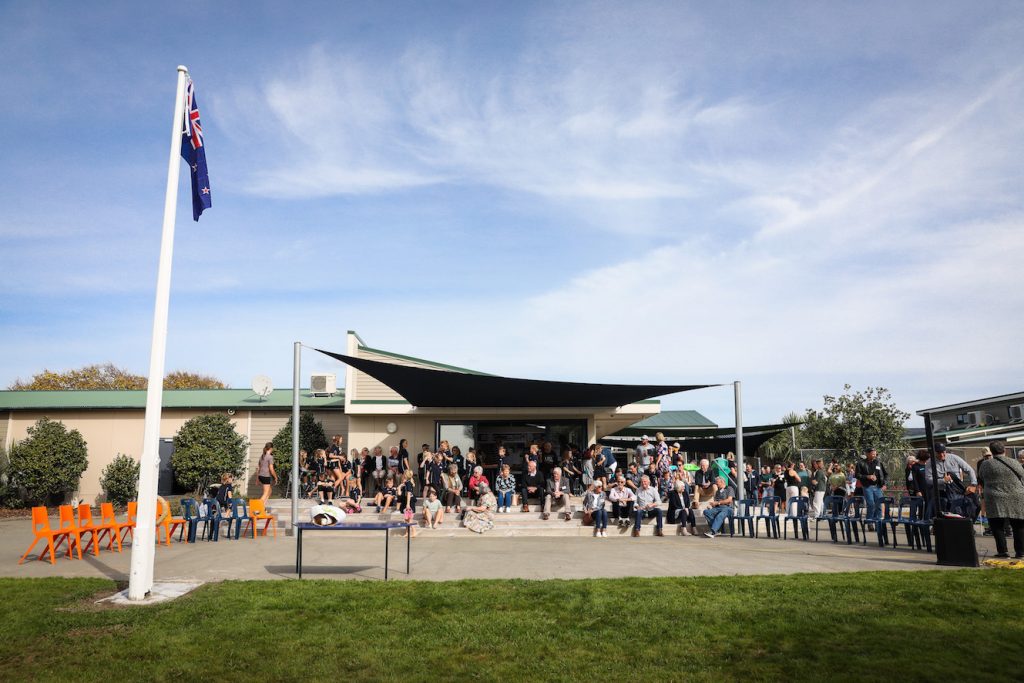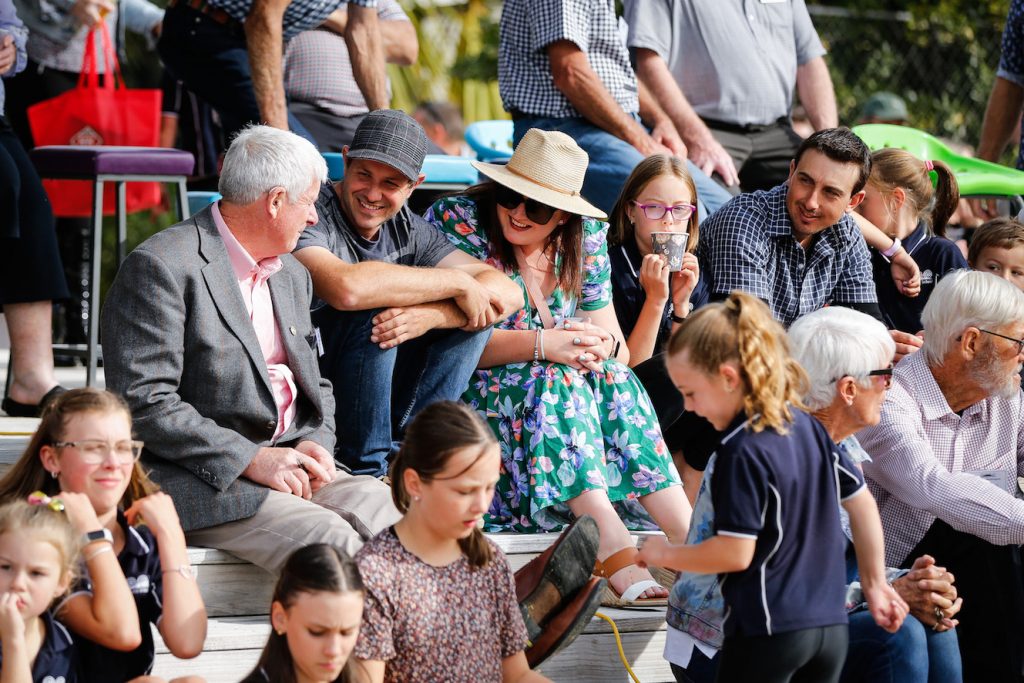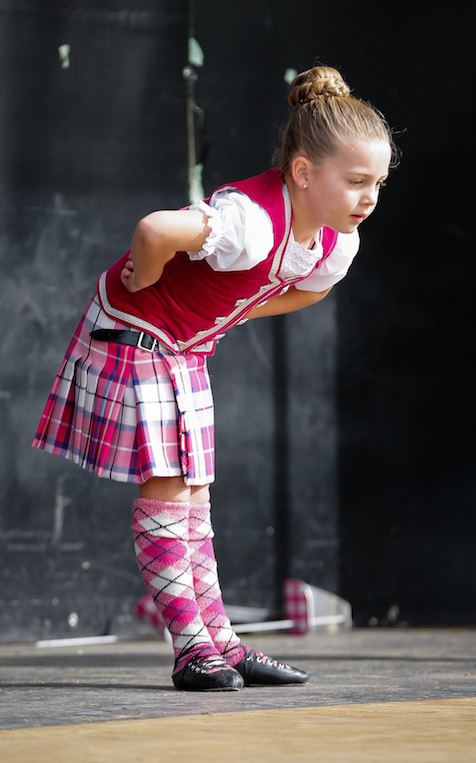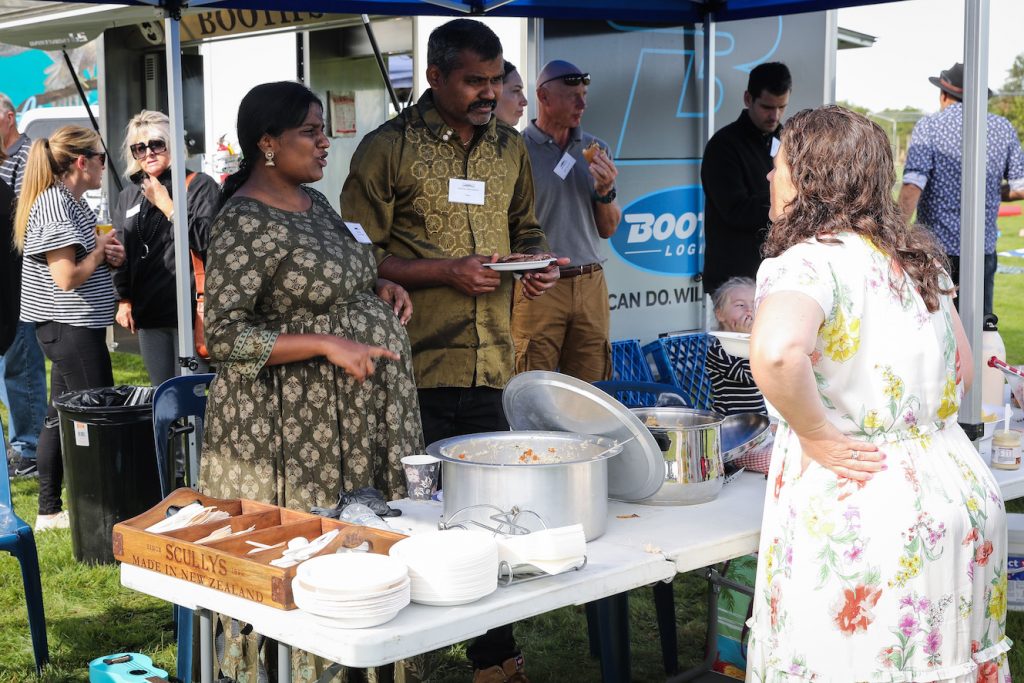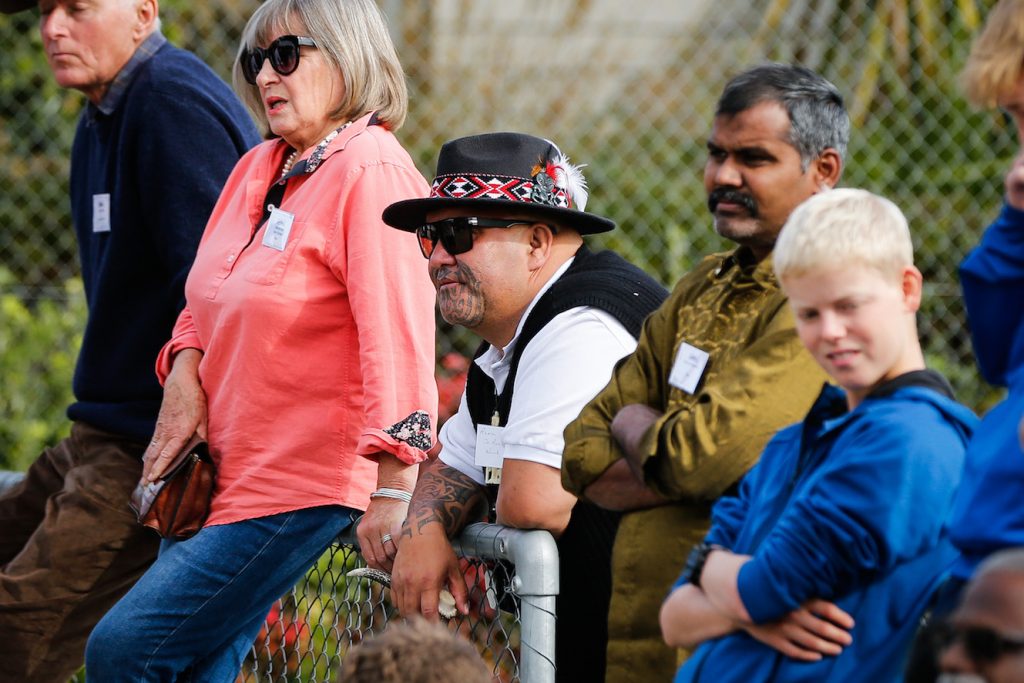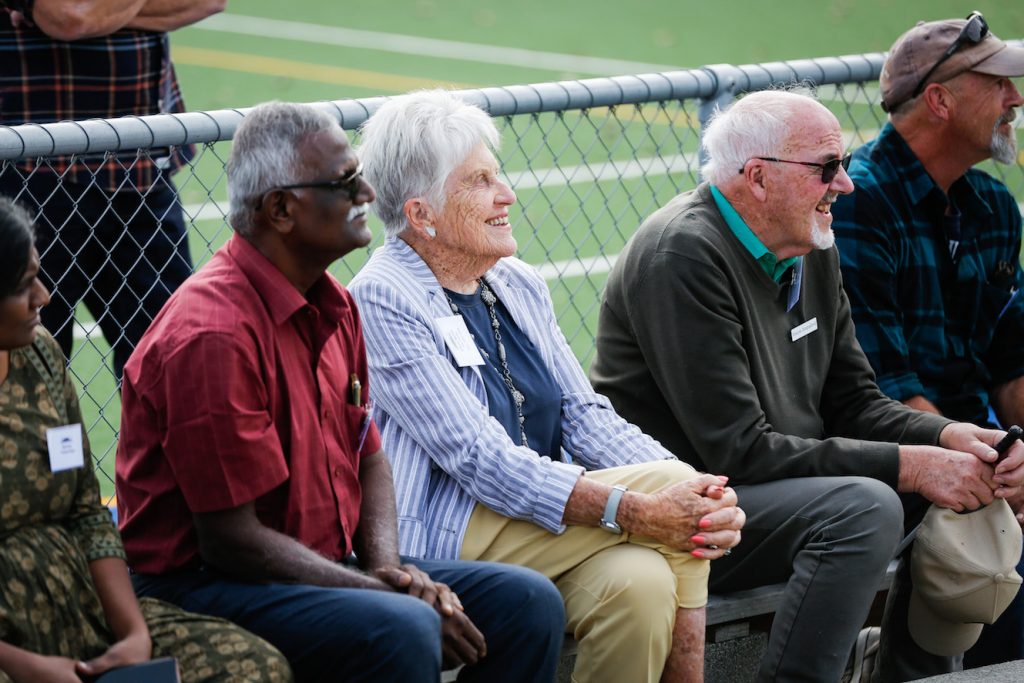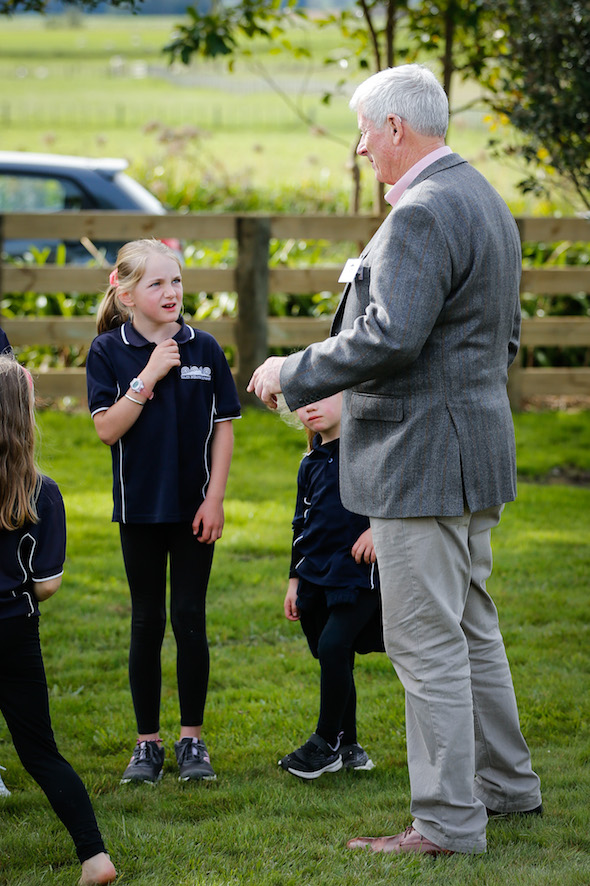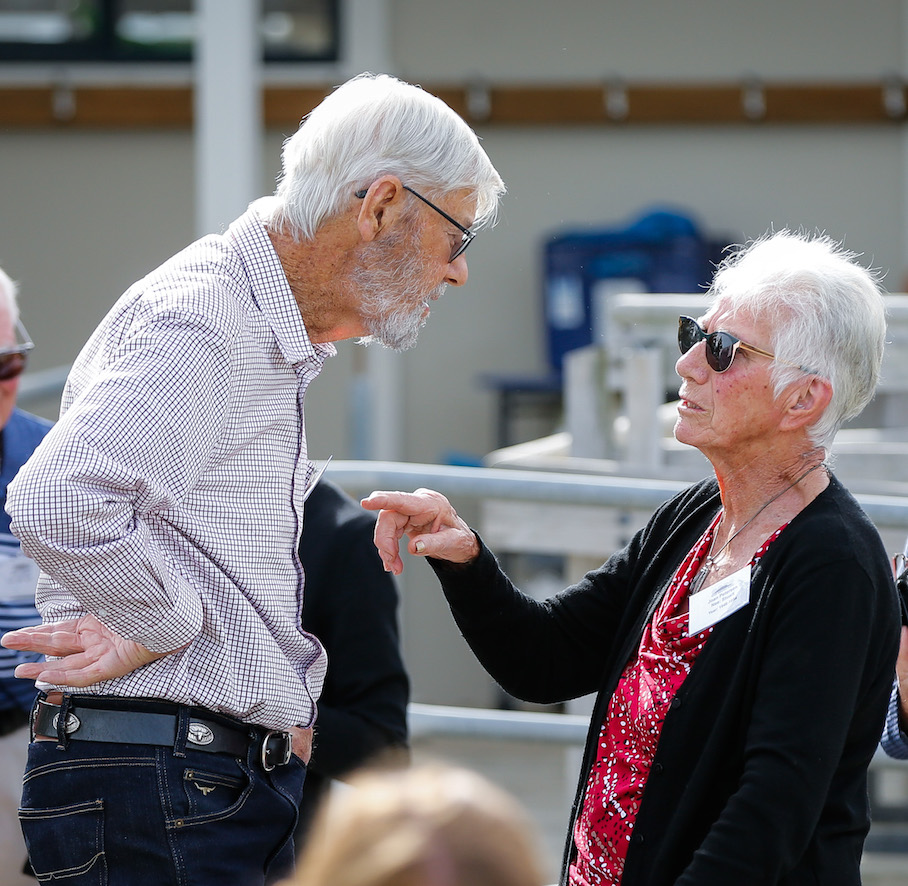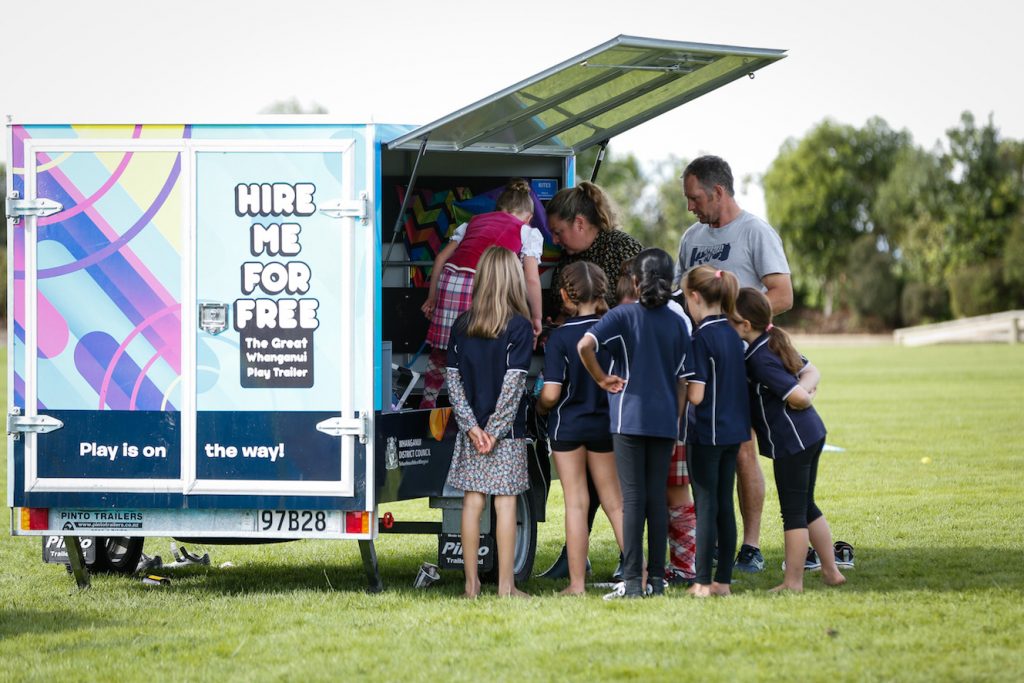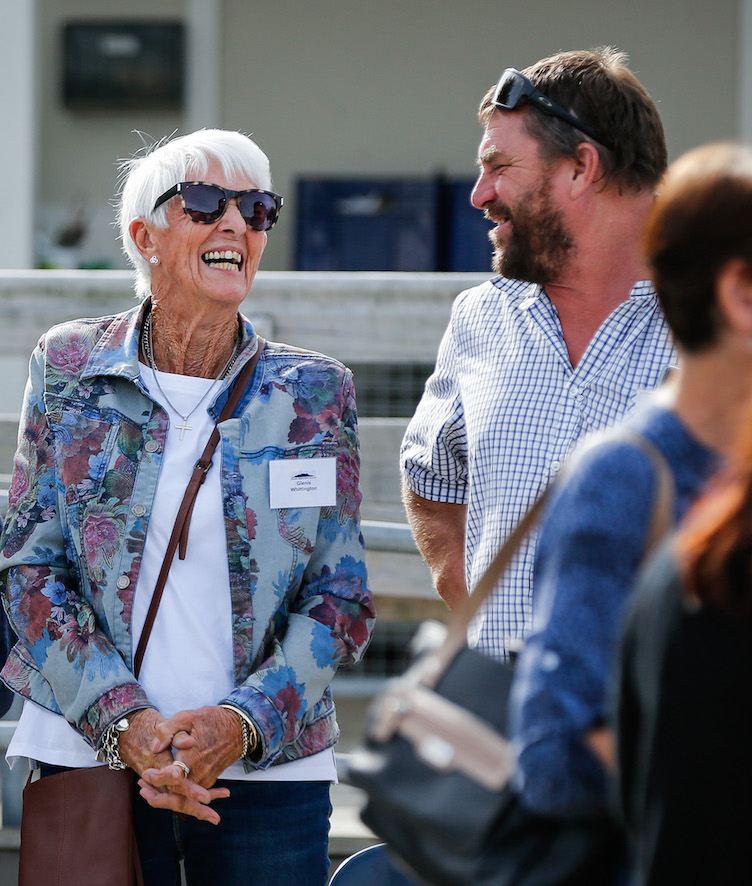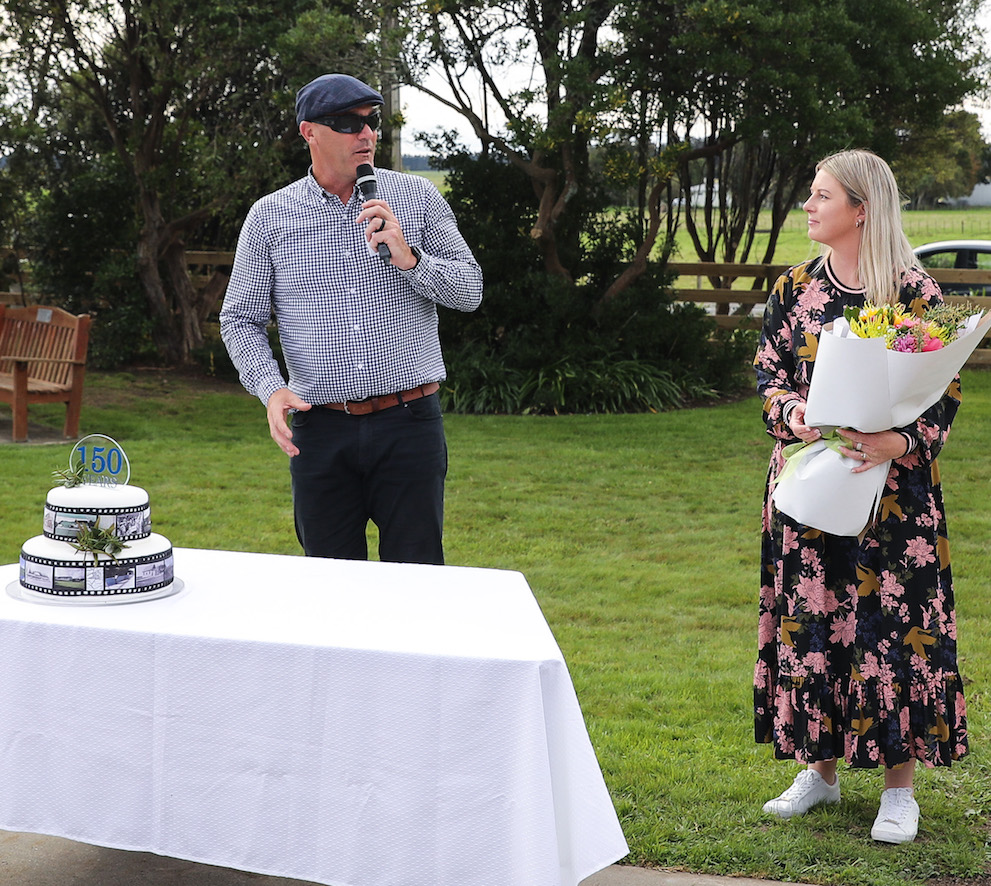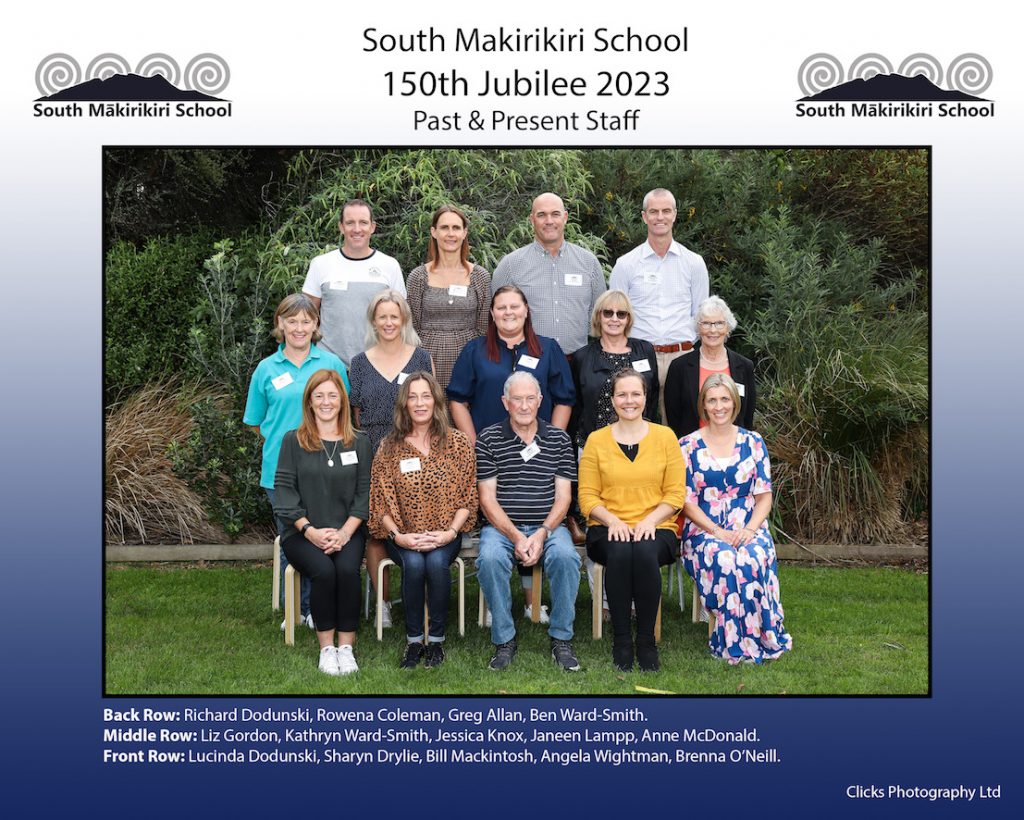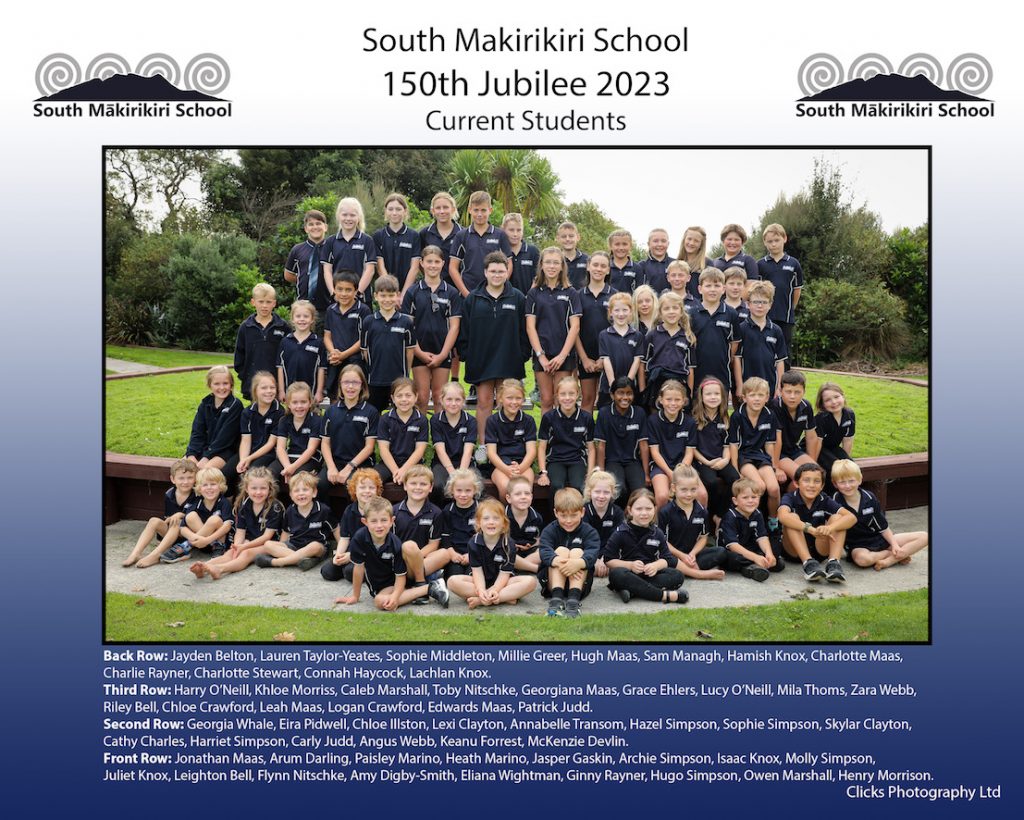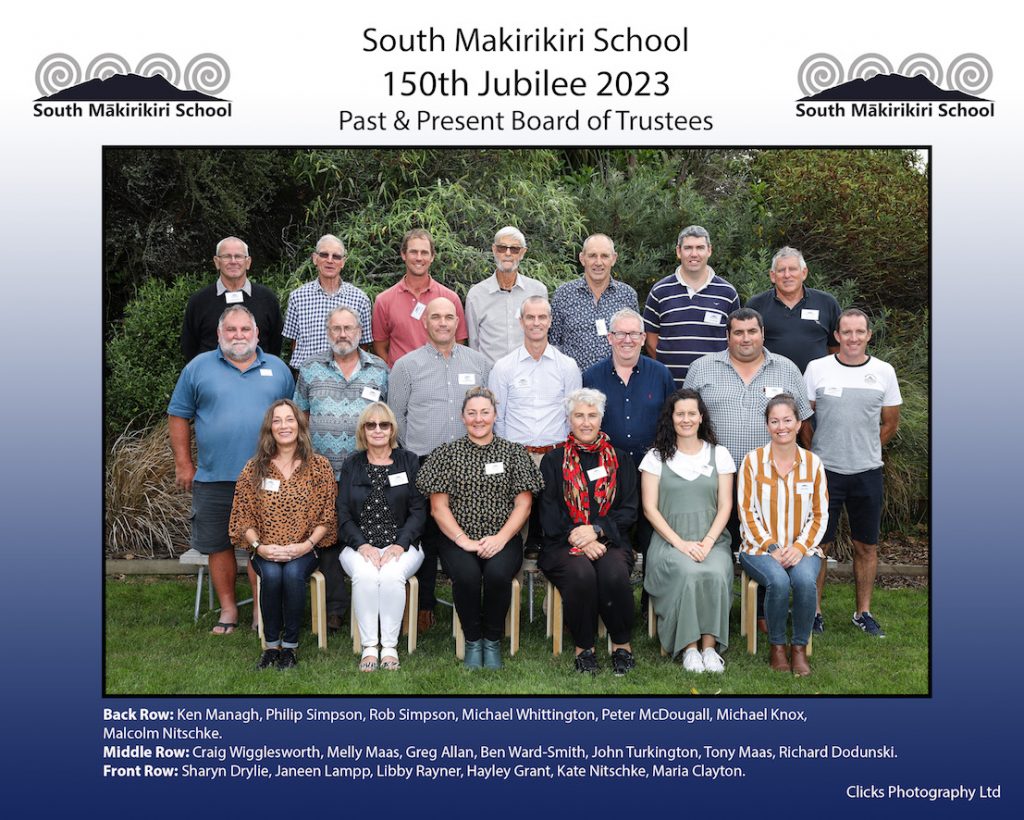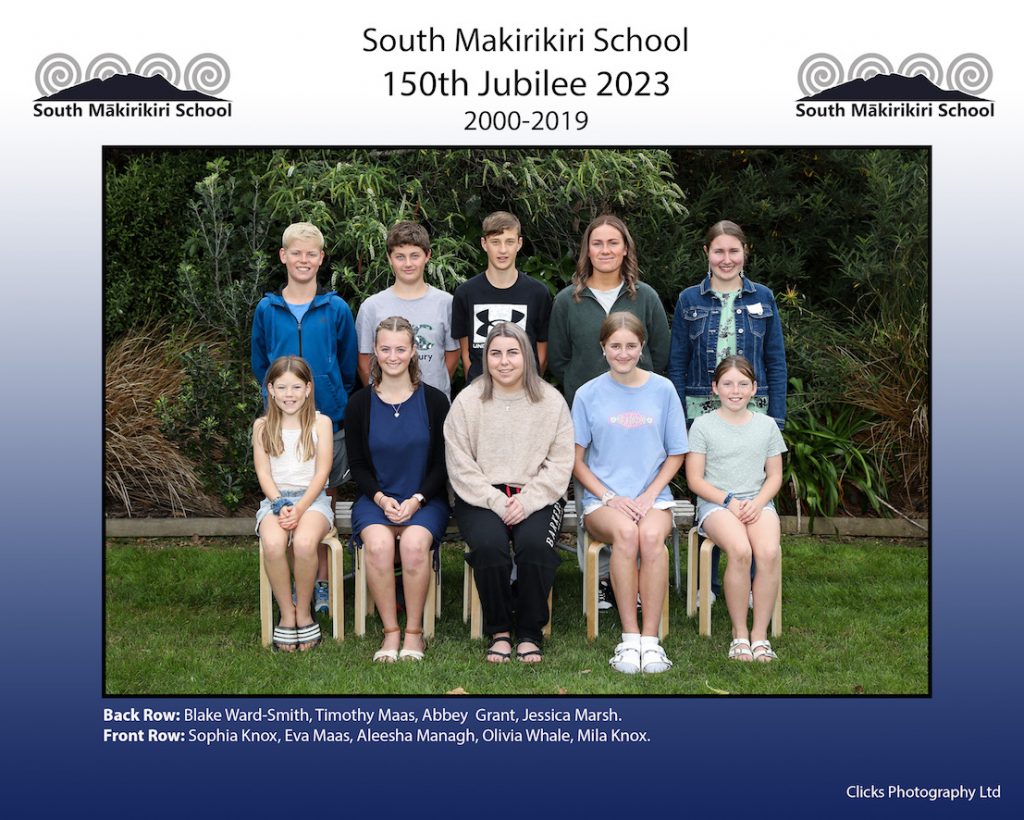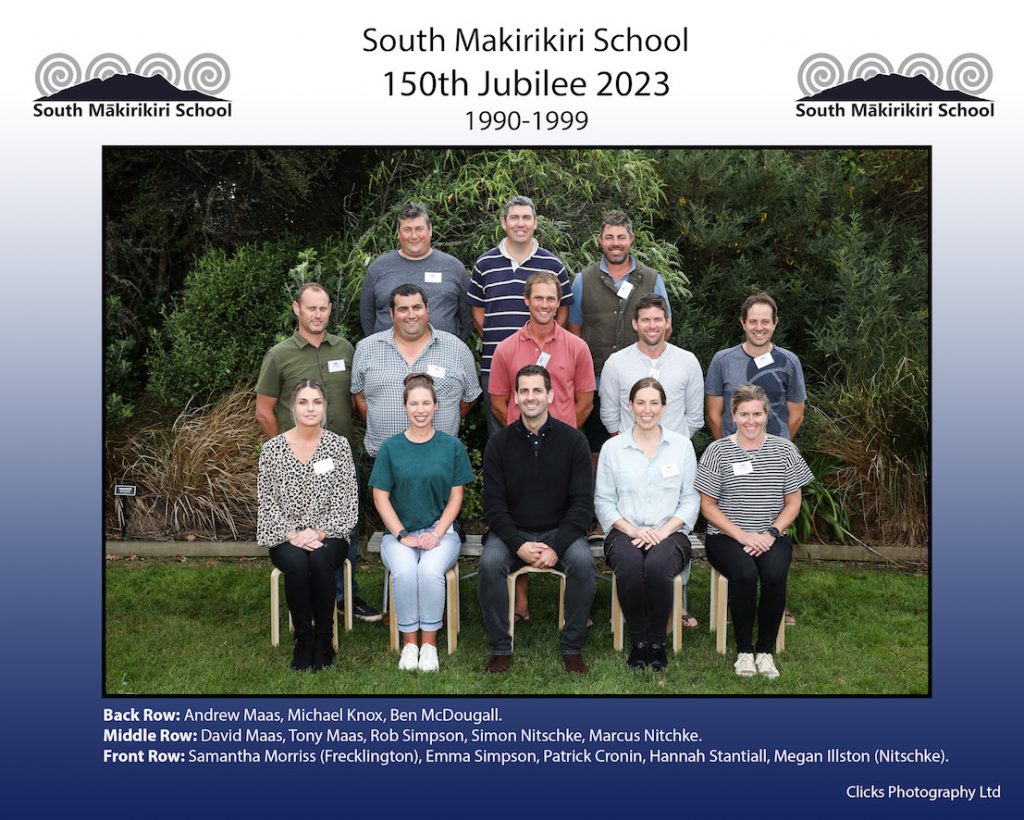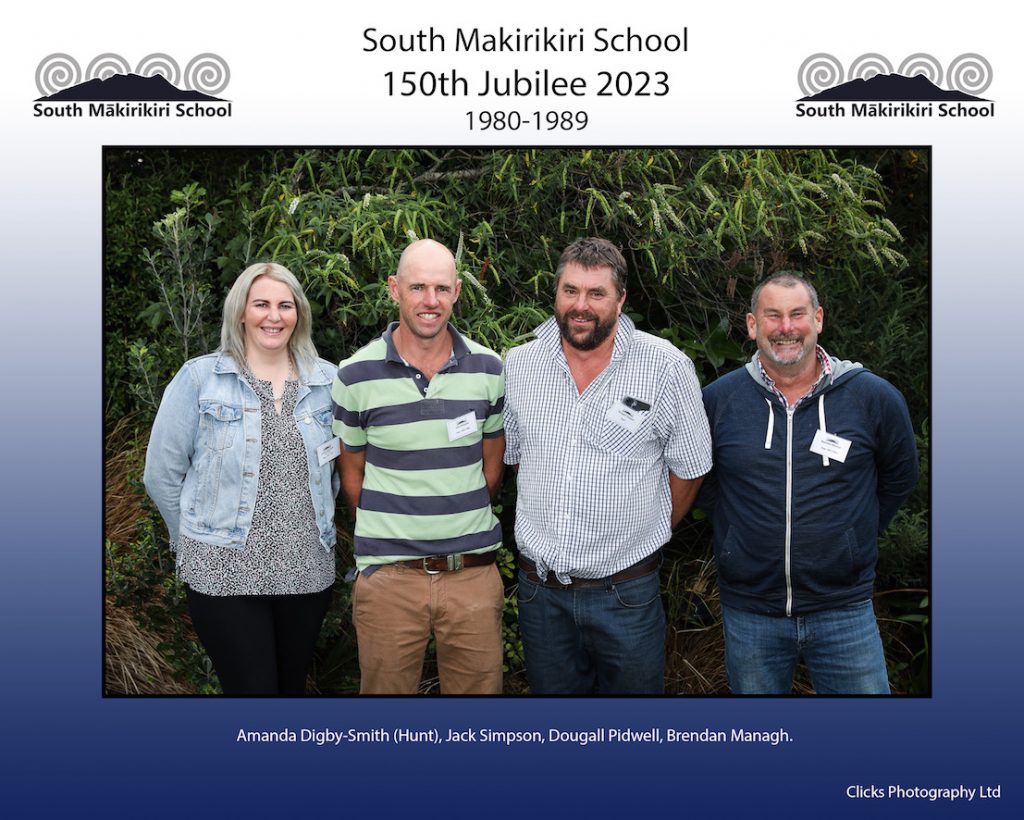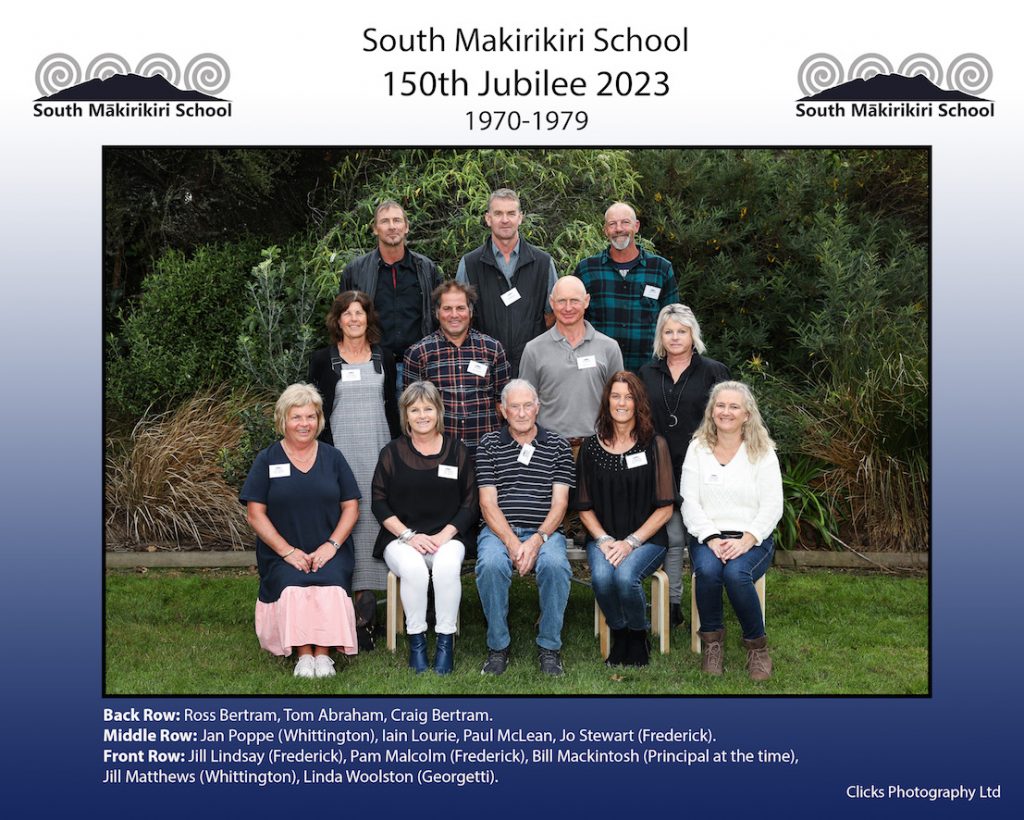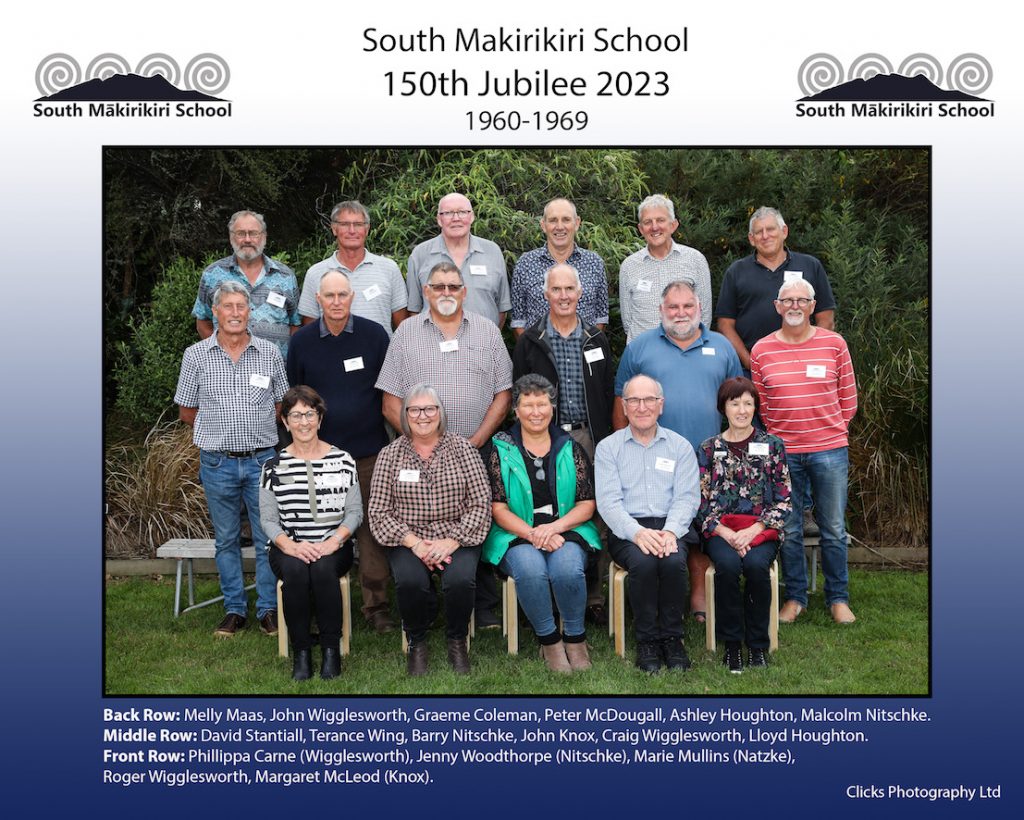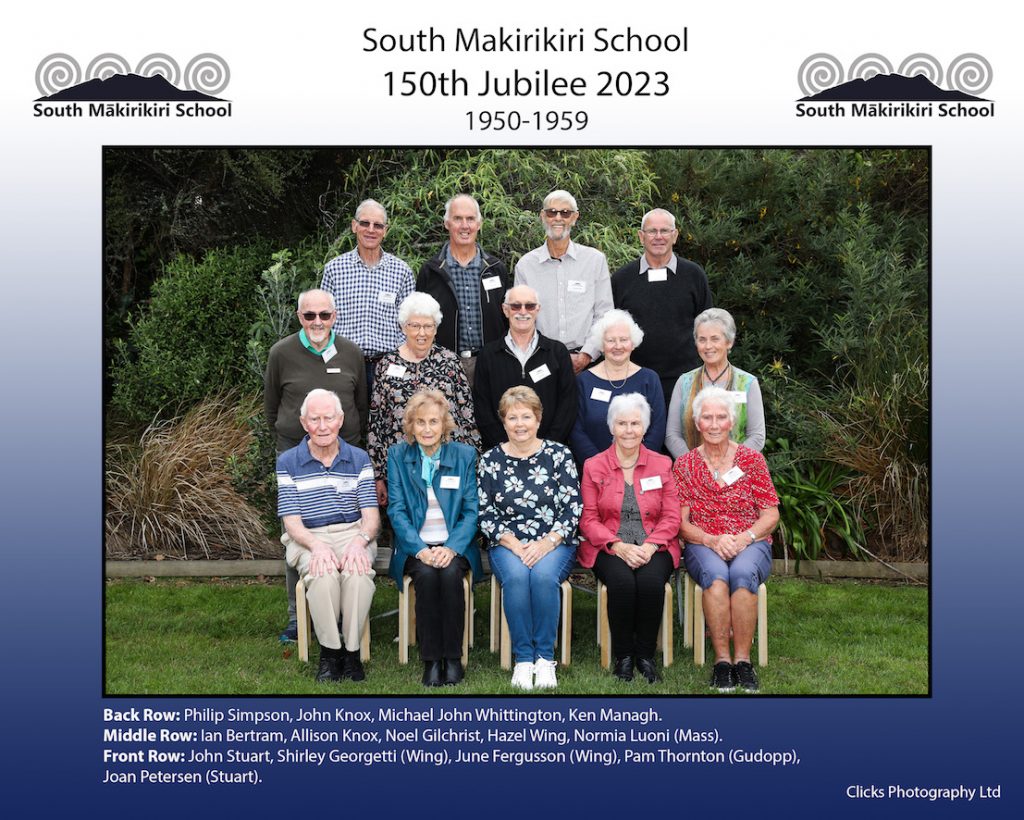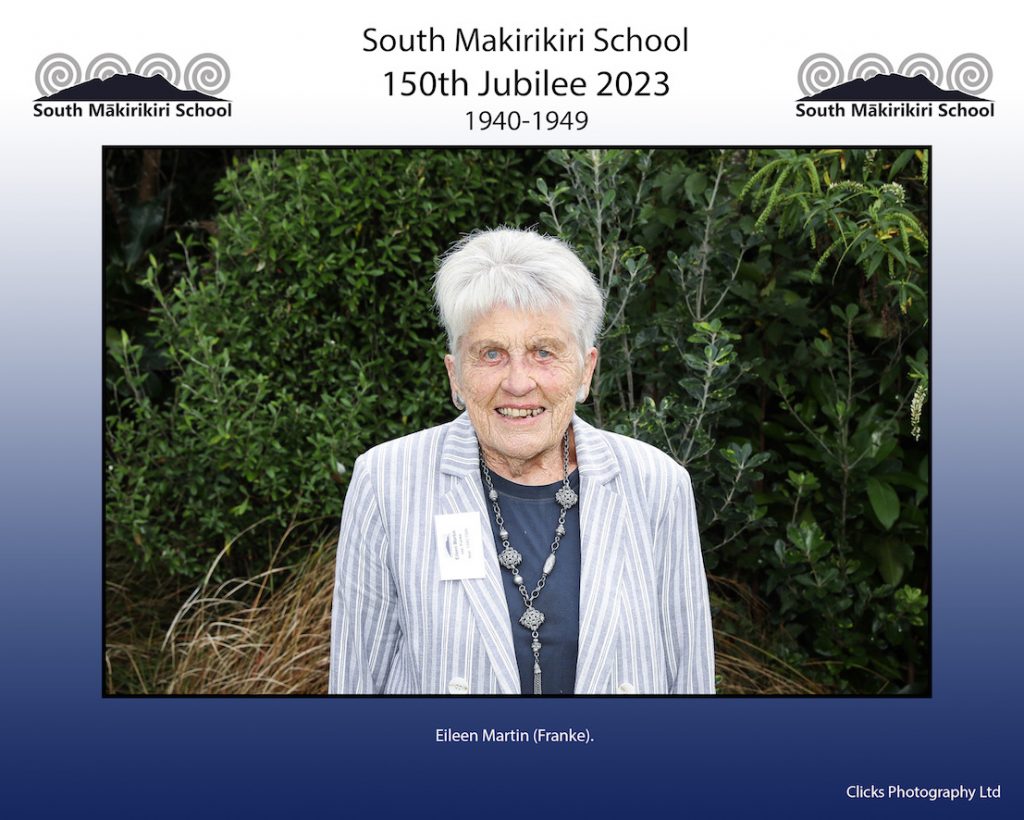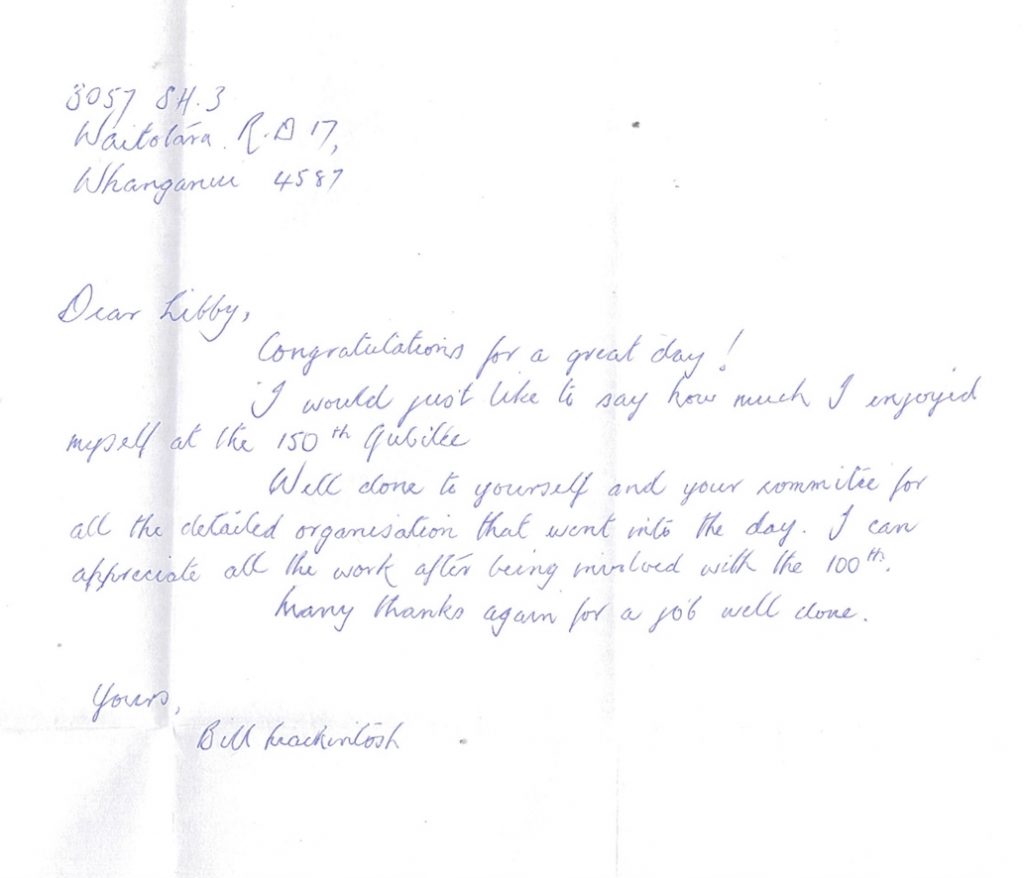Turangawaewae | History
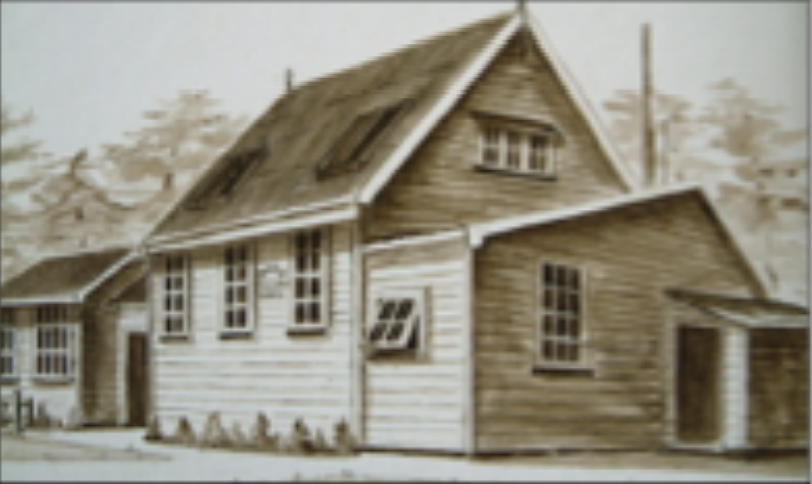
First South Mākirikiri School building – Estimated 29 pupils 1873
South Mākirikiri School has a rich and strong history. Mākirikiri means stoney creek in Māori and is represented by a creek that originally flowed through the area. This creek was home to four taniwhas and three trolls.
South Mākirikiri School has been around since at least 1873. School history prior to this is rather vague but, throughout the course of 2022, we have uncovered some new information from the archives. It is believed that children commenced being taught here in the early 1850s when it was a private school known as Upper Rangitikei School (but was called South Mākirikiri School to the people of the area). It operated out of one classroom with roughly 20-29 pupils.
South Mākirikiri School was gazetted by the Education Board on 17 December 1872 where it would be established as a public school in January 1873. Three of the main classroom buildings you see on-site today were erected in 1878. The chairperson during this time was R K Simpson whose great-grandchildren are on our current register at South Mākirikiri School today.
An acknowledgement prior to the opening of the South Mākirikiri School is the local iwi Ngati Apa. Ngāti Apa trace their ancestry to Ruatea, captain of the Kurahaupō canoe. They take their name from Ruatea’s son, Apa-hāpai-taketake (Apa), who lived near Pūtauaki (Mt Edgecumbe) in the Bay of Plenty. Over time, some of Apa’s descendants moved south to the Rangitīkei area. Others migrated even further south, some reaching the northern part of the South Island. Those who went to Rangitīkei intermarried with the Ngā Wairiki people and eventually became known as Ngāti Apa. Ngāti Apa was initially receptive to Europeans. They signed the Treaty of Waitangi in 1840 and welcomed missionaries working in the Whanganui and Rangitīkei areas. In 1849 the tribe sold land to the government, expecting trade and other benefits.
Local farmers cleared the land and started to work in the area. As they started to develop themselves a bit more, it was only a matter of time before the first building of the Private School South Mākirikiri School was born. Māori traditions from Ngati Apa were still evident in the archives as the tikanga and practices were still being used in the local area. Many of these descendants still farm the area and have children attending the school today.
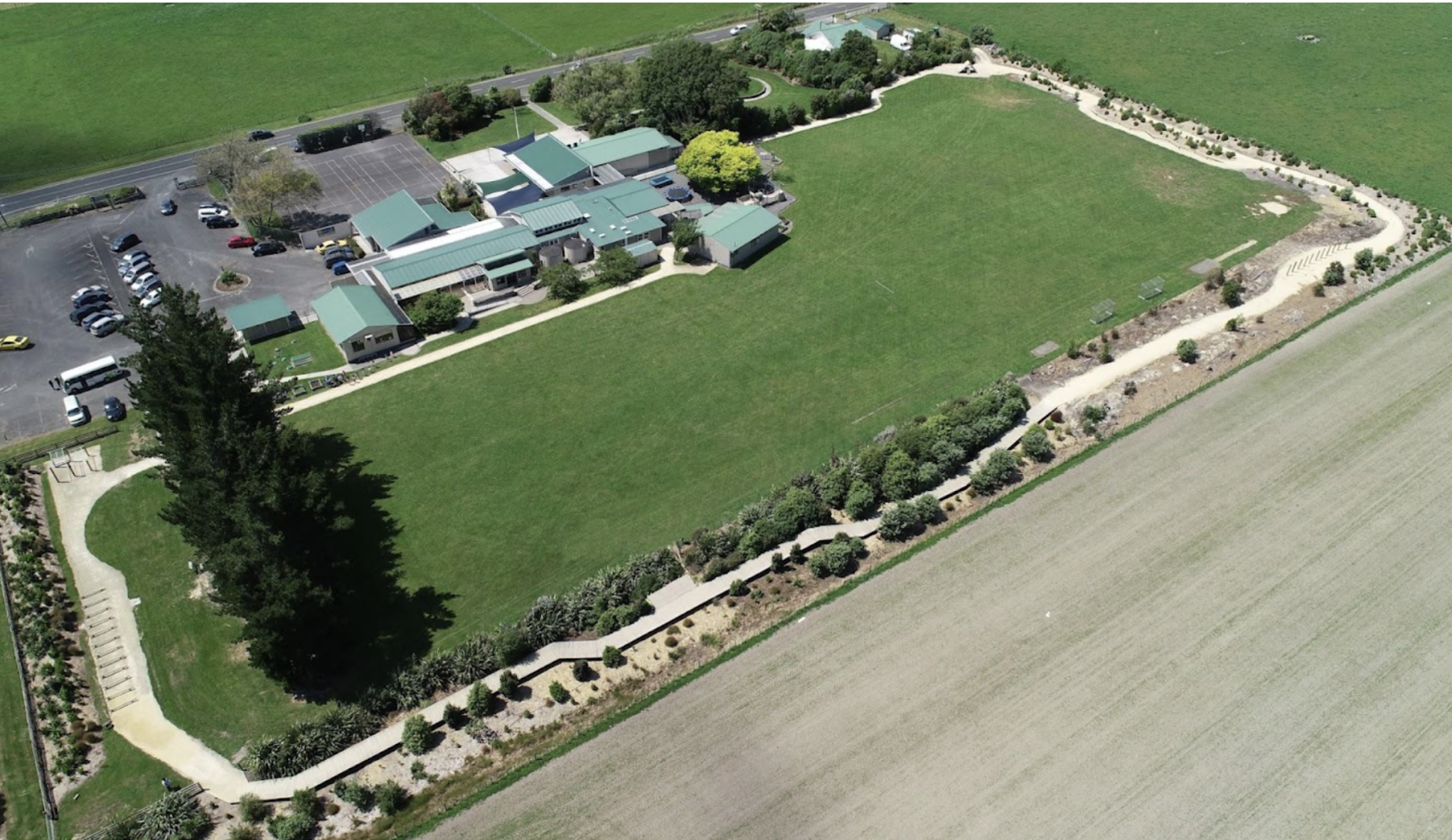
South Mākirikiri School – some changes have been made since this photo was taken

Rolls of Honour are displayed in our Media Centre
150th Jubilee Celebrations held in April 2023:
Moemoeā | Vision
Currently under construction as part of updating our South Mākirikiri School Local Curriculum. However, the current vision is “Empowering ākonga to embrace their potential and connect with the world.”
Tikanga | Core Belief
Our curriculum recognises the unique and special place South Mākirikiri School has and recognises the unique realities for learners that need cultivating in a range of ways. With a rich history in the Rangitikei region of creating dynamic and diverse learning through a learner-centred approach which engages the learners in meaningful and purposeful learning, creating new meaning and enjoyment, and striving to achieve in their time at South Mākirikiri School.
- We develop critical thinkers who make sense of content and apply this in their daily lives to contribute to their community.
- We value creativity where students are encouraged to utilise knowledge to create new solutions to real-life problems and situations that are important to them.
- We create environments that allow students to collaborate and utilise their talents, and their personal interests to achieve maximum outcomes.
- Teachers plan and create environments and learning experiences that create the conditions for students to explore, think critically, have fun, and make meaning.
- Teachers develop effective communicators through literacy and numeracy, providing opportunities to present information in a variety of ways to show meaning.
- Students will be responsible, caring and contributing citizens who understand the importance of human connectivity in a world filled with technology.
- We value diversity — children learn differently so teachers prioritise getting to know each individual child and building strong relationships with them and their whānau as the foundation for teaching and learning. Students are actively aware of everything that surrounds them as active citizens.
- Our school values are Mindfulness, Contributing and Self-Managing, which our students recognise and show these values each day.
Based on the Michael Fullan’s 6 Cs of Education.
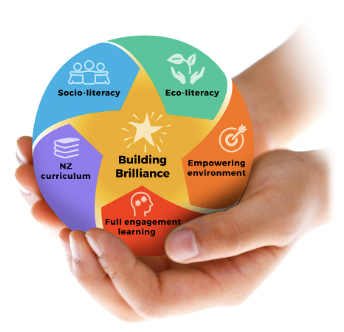
Pārongo | Extra Information
The Four Winds
Ngā hau e wha: The four winds, north, east, south, west. These represent people coming together from different backgrounds, regions and whakapapa. Mt Ruapehu is a prominant landmark for South Mākirikiri School. Paraikatetu is our Maunga. The furrows represent the earth around us.

